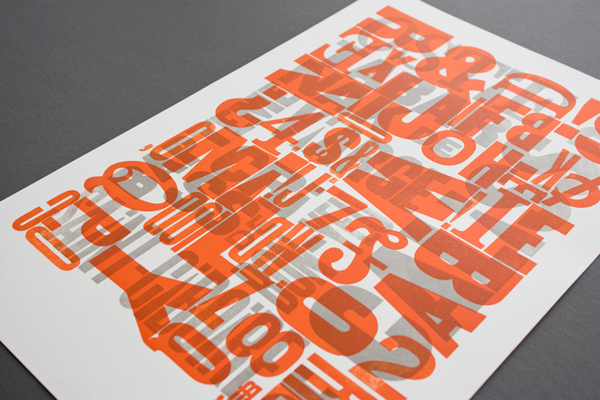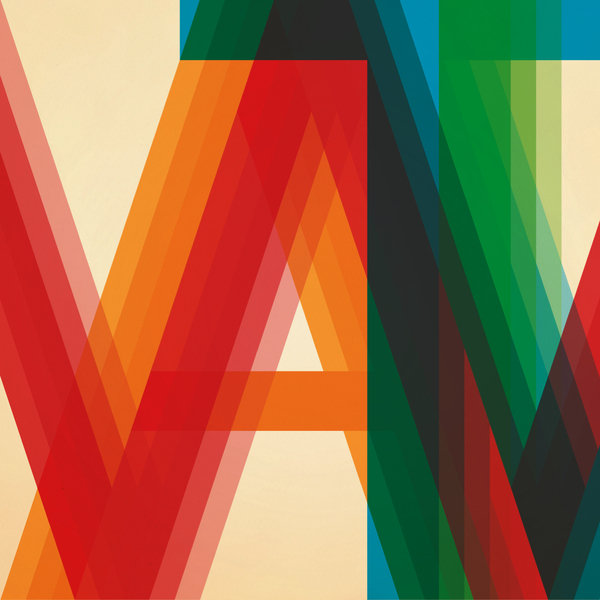The overprint technique is one that can lead to the creation of interesting effects and visual interest within a design. It was once only used by Pre-press technicians to ensure a design would be correctly reproduced at the printing stage, but these days graphic designers use overprints in a creative way. The technique is relatively easy to produce using today’s software and can be achieved a number of different ways depending on how the final job will be printed.
Featured Image: Letterpress / Censure by Simon Laliberté licensed under CC BY-NC-ND 3.0
How to Create Overprint Effects
If printing a job with only two or three colours the Attributes Panel (InDesign: Window > Output > Attributes. Illustrator: Window > Attributes) provides the option to select overprint for any elements fill or stroke. You can then see a preview of how the final printed job will appear by choosing Overprint Preview from the View Menu.
The second way to achieve results similar to those shown below is to use the Multiply blending mode which can be found in the Effects Panel (InDesign) or Transparency Panel (Illustrator). This technique is best used when printing full colour (CMYK) jobs.
Examples of Overprint Design
WATIV – William Thompson Quartet album cover by Tyler Tadlock licensed under CC BY-ND 3.0
Sustainabilitist Graphic Design by Kristian Bjornard licensed under CC BY-SA 2.0
KIPPIS // Wine brand identity by Whatmud adv licensed under CC BY-NC 3.0
GUIDANCE 2011 by Atelier Martino&Jaña licensed under CC BY-NC-ND 3.0
Future Producers by Derek Edwards licensed under CC BY-NC-ND 3.0
Festa Major de Sant Boi 2014 by Marc Pallàs licensed under CC BY-NC 3.0
Business Plan 2014 by Simon Laliberté licensed under CC BY-NC-ND 3.0
Atrè Advertising by Fabrizia Giuffrida licensed under CC BY-NC 3.0
Rethink by Derek Edwards licensed under CC BY-NC-ND 3.0












